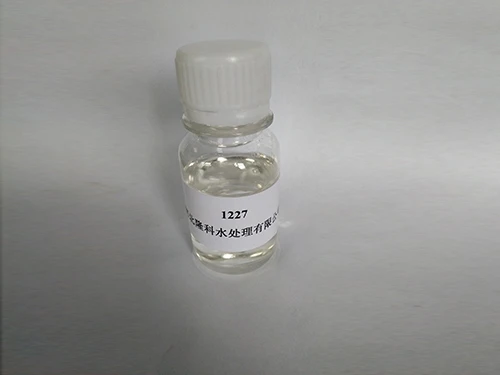Study of Ethylene Diamine Tetra Methylene Phosphonic Acid and Its Applications in Chemistry
Ethylene Diamine Tetra Methylene Phosphonic Acid A Comprehensive Overview
Ethylene Diamine Tetra Methylene Phosphonic Acid (EDTMPA) is a phosphonic acid derivative widely used in various industries, including water treatment, agriculture, and pharmaceuticals. Characterized by its unique molecular structure, EDTMPA exhibits chelating properties that make it effective in binding to metal ions. This article delves into the chemical properties, applications, and significance of EDTMPA in different sectors.
Chemical Structure and Properties
EDTMPA is a synthetic compound and falls under the category of aminopolycarboxylic acids. Its molecular formula is C₉H₁₈N₃O₆P, and it contains four methylene phosphonic acid groups tethered to an ethylene diamine backbone. The chelating ability of EDTMPA is primarily due to the presence of multiple phosphonate functional groups, which can effectively coordinate with various metal ions such as calcium, magnesium, iron, and others.
One of the key characteristics of EDTMPA is its stability across a wide range of pH levels, making it suitable for use in both acidic and alkaline environments. Its hydrophilic nature ensures that it remains dissolved in aqueous solutions, enhancing its effectiveness as a chelating agent.
Applications in Water Treatment
One of the most significant applications of EDTMPA is in water treatment processes. As a chelating agent, it is employed to prevent the precipitation of scale-forming minerals in industrial water systems. By binding to calcium and magnesium ions, EDTMPA helps in the control of scale formation, which is crucial for maintaining the efficiency of cooling towers, boilers, and heat exchangers.
Moreover, EDTMPA is effective in removing heavy metals from wastewater. Its ability to form stable complexes with metal ions allows for the enhanced removal of contaminants from industrial effluents, contributing to more sustainable water management practices.
Role in Agriculture
ethylene diamine tetra methylene phosphonic acid

In agriculture, EDTMPA plays a vital role in enhancing nutrient bioavailability. By chelating essential micronutrients such as iron, manganese, and zinc, it helps improve their solubility in soil, making them more accessible for plant uptake. This feature is particularly valuable in calcareous soils where nutrient availability is often limited due to high pH levels and precipitation of metal ions.
Furthermore, the application of EDTMPA in fertilizers can boost crop yields and promote healthier plant growth. Its use ensures that nutrients remain in a bioavailable form, thus optimizing the efficiency of fertilizers and reducing the risk of nutrient runoff into water bodies.
Pharmaceutical Applications
The pharmaceutical industry also benefits from the properties of EDTMPA. It is increasingly being explored for use in drug formulations, especially in the context of targeted drug delivery systems. Its chelating ability can be utilized in the formulation of pharmaceuticals that require the sequestration of metal ions, potentially leading to enhanced stability and efficacy of drug compounds.
Furthermore, EDTMPA has shown potential in radiopharmaceutical applications. Its ability to form stable complexes with radioactive metals makes it suitable for radiolabeling, which is essential in diagnostic imaging and targeted radiotherapy.
Conclusion
Ethylene Diamine Tetra Methylene Phosphonic Acid is a compound of remarkable versatility with far-reaching applications across various industries. Its chelating properties have made it an invaluable asset in water treatment, agriculture, and pharmaceuticals. As industries continue to seek sustainable and efficient solutions, the role of EDTMPA is likely to expand, paving the way for innovative applications that can address contemporary challenges in environmental management, food production, and healthcare. With ongoing research and development, EDTMPA holds the promise of becoming an integral component in achieving sustainable practices across multiple sectors.
In summary, EDTMPA exemplifies how a single compound can have diverse and significant impacts across different fields, highlighting the importance of ongoing exploration and understanding of its capabilities.
-
Water Treatment with Flocculant Water TreatmentNewsJun.12,2025
-
Polymaleic AnhydrideNewsJun.12,2025
-
Polyaspartic AcidNewsJun.12,2025
-
Enhance Industrial Processes with IsothiazolinonesNewsJun.12,2025
-
Enhance Industrial Processes with PBTCA SolutionsNewsJun.12,2025
-
Dodecyldimethylbenzylammonium Chloride SolutionsNewsJun.12,2025





